Forensic mtDNA Analysis with Sequencing
Introduction to mtDNA Analysis
Illumina next-generation sequencing (NGS) has the potential to transform mitochondrial DNA (mtDNA) analysis. Our technology uses sequencing by synthesis (SBS) for faster results and deeper coverage of areas of interest. It offers clearer heteroplasmy analysis and greater resolution of mixture samples.
mtDNA analysis enables coroner and medical examiner laboratories to extract genetic data from small forensic samples found in less than ideal condition. There are thousands of copies of mtDNA in every cell of the human body, but the copies found in different tissues may not be exactly the same. Referred to as heteroplasmy, these mitochondrial DNA mutations can make it difficult to confirm sample associations needed for identification in forensic investigations.
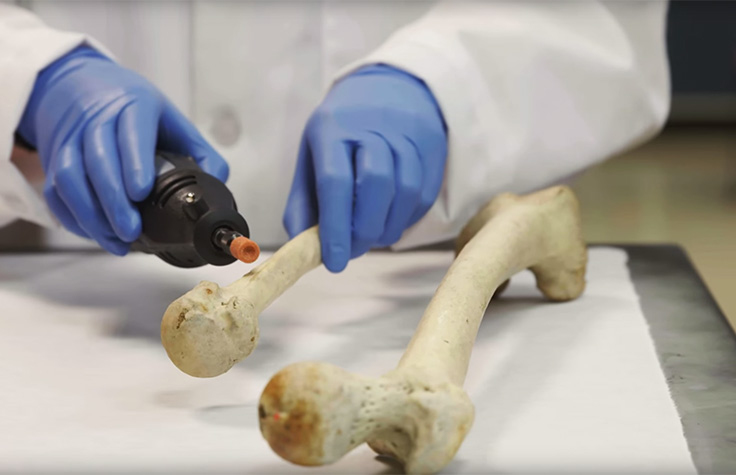
Benefits of mtDNA Analysis with NGS
Illumina SBS can potentially transform this process, with the MiSeq FGx System capable of indexing 96 samples in one sequencing run. Its simple one-step workflow can quickly deliver results, potentially speeding up investigations.
Our next-generation sequencing (NGS) technology also provides deep coverage of areas of interest. NGS technology recently enabled research scientists to analyze human samples hundreds and thousands of years old, unlocking the secrets they contain about long vanished individuals.
Additionally, the deeper reads of Illumina NGS technology enable the accurate detection of heteroplasmy with minor allele frequencies (MAFs) > 1%. This not only results in clearer heteroplasmy analysis, but enables greater resolution of mixture samples.
For mtDNA analysis, Illumina offers a recommended workflow on the MiSeq FGX with the Nextera XT DNA Library Prep Kit.
Prepare, sequence and analyze the human mtDNA D-loop hypervariable region.
Download mtDNA D-loop protocol.
Prepare, sequence and analyze the human mtDNA genome.
Download mtDNA genome protocol.
Forensic mtDNA Analysis Workflow
Click on the below to view products for each workflow step.
We recommend using your current DNA extraction and quantitation methods.
Nextera XT DNA Library Prep Kit (for mtDNA)
Prepare sequencing-ready libraries for small genomes like mitochondrial DNA in less than 90 minutes.
First fully validated sequencing system for forensic genomics. Perform mtDNA sequencing in RUO mode.
Sequencing reagents for mitochondrial DNA libraries.
Enables streamlined variant analysis of d-loop and whole mitochondrial DNA sequence data.
Enables simplified visualization of d-loop and whole mitochondrial DNA sequence data.
Interested in receiving newsletters, case studies, and information on forensics? Enter your email address.
Additional Resources
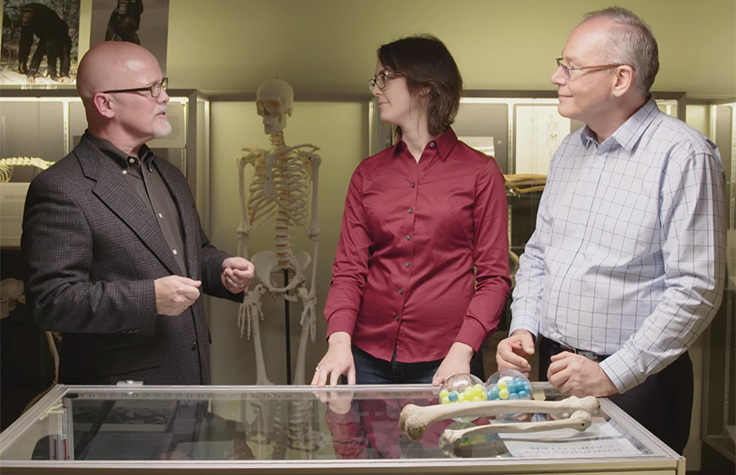
The Power of mtDNA Heteroplasmy
Hear Mitch Holland of Penn State explain how high-throughput sequencing is helping us realize the power of mtDNA heteroplasmy.
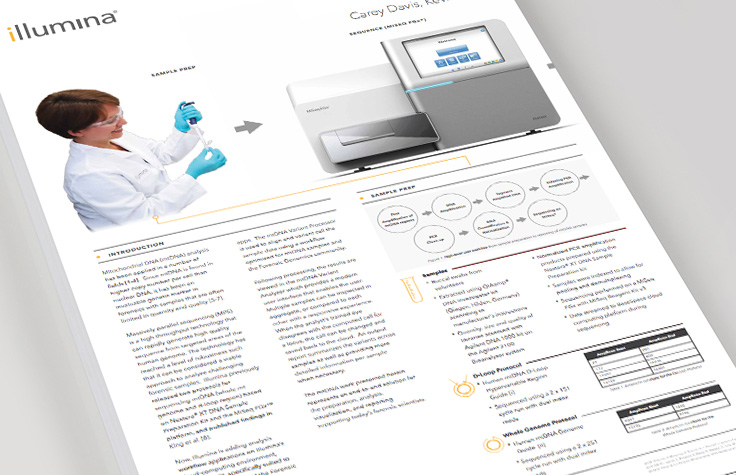
mtDNA Poster
Improved Human MtDNA Analysis using Next-generation Sequencing and Cloud-based Computing and Storage.
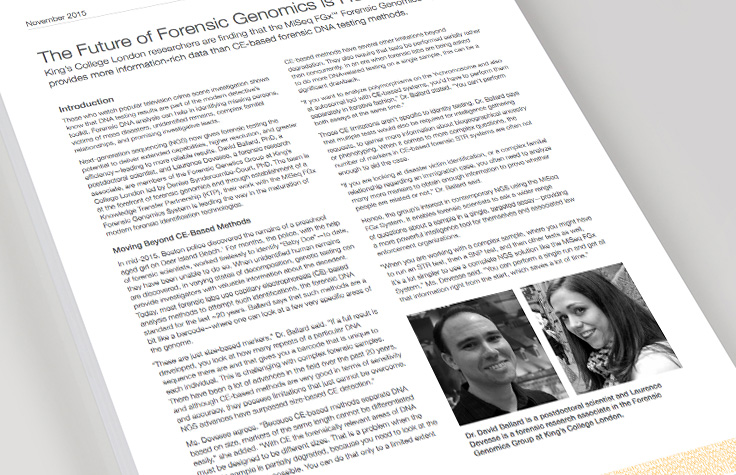
Future of Forensic Genomics
Researchers use NGS to obtain more information-rich data and answer more complex forensic questions.
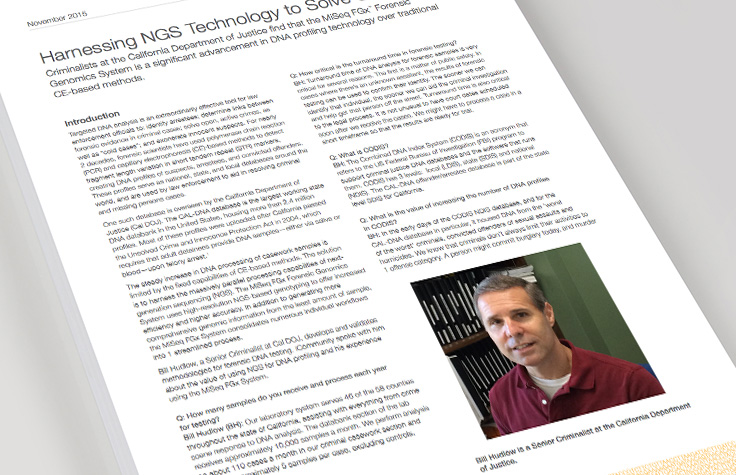
Harnessing NGS to Solve Crimes
Criminalists use MiSeq FGx for high-resolution DNA profiling to build better forensic DNA databases.
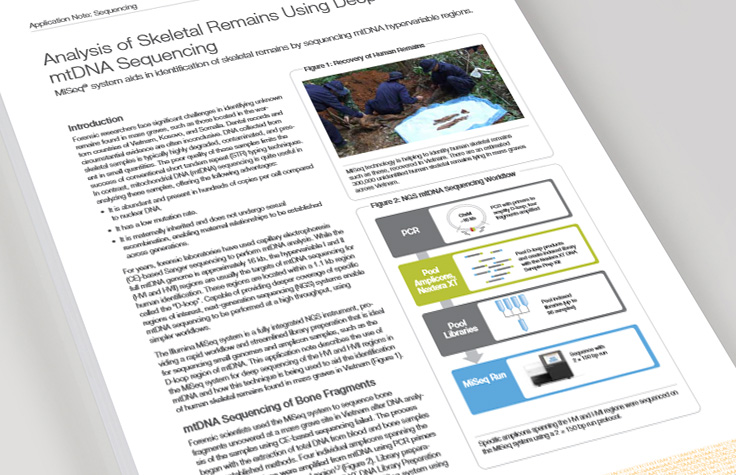
Deep Sequencing of mtDNA
The MiSeq System aids in identification of skeletal remains by sequencing mtDNA hypervariable regions.